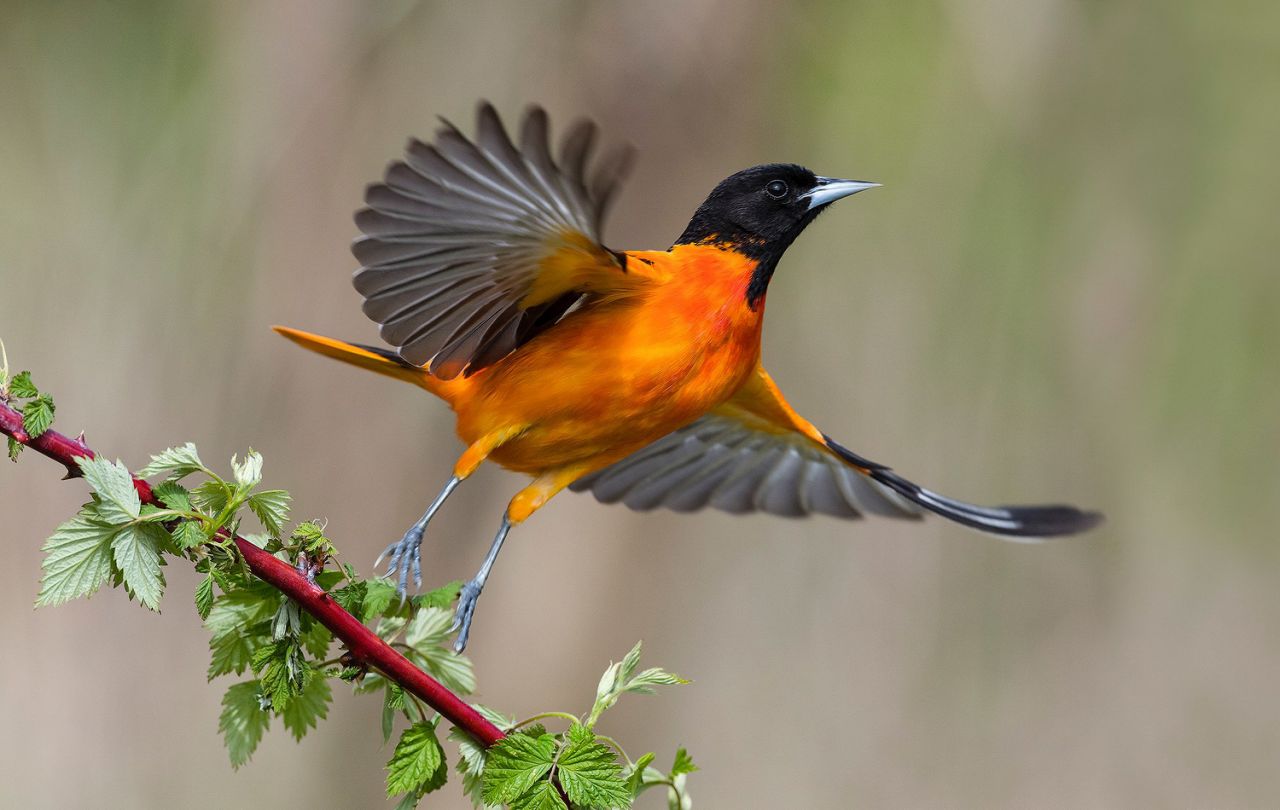
I was finishing my morning coffee and nothing in particular was occupying my mind. A black-capped chickadee suddenly appeared before my eyes, walking alongside our front yard maple tree. It was busy, no doubt looking for food. At that moment it seemed to be operating with more purpose than I was. This tiny little oviparous vertebrate has a special knack for finding bird feeders. Consequently, it has become a rather popular bird. It also has the reputation of being “cute.” Its black cap and bib, white cheeks, gray back, and whitish underside make it distinctive and easy to recognize. This feathered creature was not only my morning’s entertainment but also a philosophical inspiration.
I am always impressed by the fact that animals, so magnificently designed to do what they are supposed to do, just go about their business and never stop to reflect on how marvellously created they are. When the chickadee arrives in fall, its brain neurons die and, along with them, old information. New neurons are formed so that new information can guide it through changes in the environment and their social flocks. Despite the small size of its brain, chickadee calls are complex and communicate information regarding other flocks as well as send out alarms. The more “dee” notes it uses indicate a higher level of threat. All this astonishes me, especially in the light of the fact that so many intelligent people deny that there is such a thing as Intelligent Design.
My early morning rapture took me back to my science days when I studied zoology. My text was Tracy I. Storer’s General Zoology. The author states, with no suggestion of amazement, that “in some moths the odor of a female may attract a male for a mile or more.” Could it have happened by chance that the male moth can distinguish the specific odor of the female among the innumerable smells that fill the atmosphere? It is like having a radio that is tuned to a specific frequency that is the only one needed to locate its mate. Is this synchrony purely a matter of chance? Imagine a telephone number imprinted on a child’s hand which corresponds to the telephone number of the person he is destined to marry? Would this be chance or design?
Ruminating further into the marvels of the animal kingdom, I came across the following: “The female butterfly carries a store of perfume weighing only 1/10,000 of a milligram, and she squirts [a] minute fraction of it into the air. These scent molecules can be detected by a male seven miles away.” St. Thomas Aquinas would have taken this fact in stride. In his Summa Theologica he writes, “We see that things which lack knowledge, such as natural bodies, act for an end, and this is evident from their acting always, or nearly always, in the same ways, so as to obtain their end, not fortuitously, but designedly.” And he is right: spiders spin webs, beavers build dams, ants form anthills, and bees make honey.
Let us consider the “coincidences” that are involved in leading to the ultimate mating of our butterfly: 1) a specific perfume is stored in the body of the female butterfly; 2) she has an organ that allows her to release the perfume into the air; 3) her instinct knows when to release the perfume; 4) the structure of the perfume molecules remain in the air while traveling over a radius of seven miles; 5) the male butterfly is able to detect the perfume; 6) the male finds the perfume alluring; 7) the male is able to track down the origin of the perfume; 8) the female accepts the male when he arrives; and 9) the complexities of mating itself.
All these factors must be simultaneously present so that the purpose of reproduction is achieved. For example, if the male butterfly does not find the perfume alluring, the chain is broken and reproduction cannot take place. If the butterflies are not equipped with the proper and complementary organs, the chain is likewise broken. Charles Darwin contended that changes in species happen one at a time. He has no provision for a multitude of factors becoming co-present at the same time. In his Origin of the Species, he makes the following statement: “If it could be demonstrated that any complex organ existed which could not possibly be formed by numerous, successive, slight modifications, my theory would absolutely break down.”
Darwin was an indefatigable student of nature. Despite his extensive knowledge, however, his evolutionary theory does not hold. It was a theory, not something that anyone could observe. He penned his classic in 1859 at a time when molecular biology had yet to be discovered. He was thus laboring under a severe handicap. He was trying to get the most out of natural selection and the survival of the fittest, but his contention—as he feared—did not allow for the simultaneous existence of a multiplicity of factors that could not have evolved one step at a time. The chickadee, the moth, and the butterfly remained an insolvable puzzle for him.
My tiny visitor fled but not before awakening me. For this I was grateful, though he will never be able to appreciate this fact. I expressed my gratitude to God for having created such a splendid creature while recalling the words of Gerard Manley Hopkins: “Glory be to God for dappled things… He fathers-forth whose beauty is past change: Praise him.”



